When I crossed this foot bridge I was on the Holyhead Island. I had thought that Holyhead was a part of Anglesey until I was corrected in the Stanley Arms pub whilst awaiting my B&B check-in. So that makes it 16 of the peopled British Isles so far:
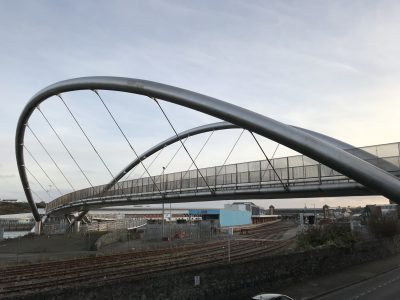
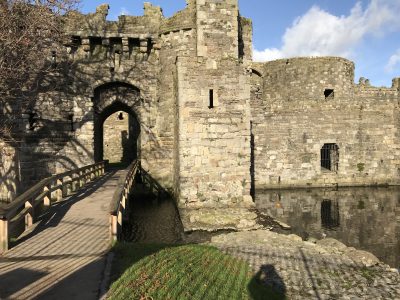
So now it was off to see Beaumaris Castle begun by Edward I between 1295 and 1330 but due to lack of funds it was never completed. Unlike most castles that were build on hilltops or rock outcrops, this one was built on flat ground allowing for more freedom of design by James St. George, whose statue was added later.
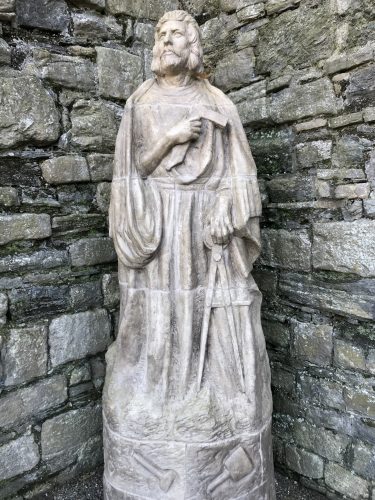
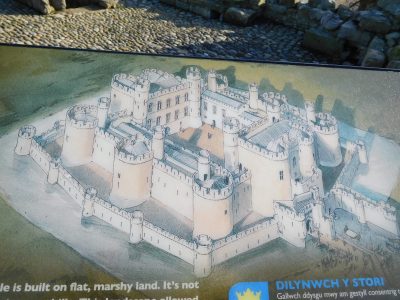
The flatlands in front of the castle were later reclaimed lands but when the castle was built ships carrying men, stones and supplies could dock right at the front of the castle. The design of the castle made it extremely defensible with moat, then outer ramparts, soft land that could be flooded and then the massive main fortress. It is said that over 300 archers could be put into action at any one time.
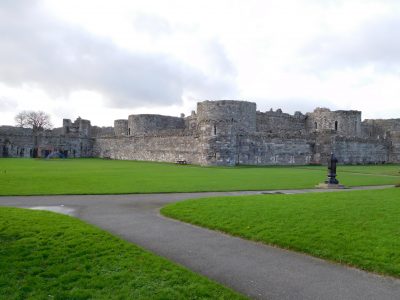
The moat is salt water and can be drained for repairs as needed or flooded to higher levels.
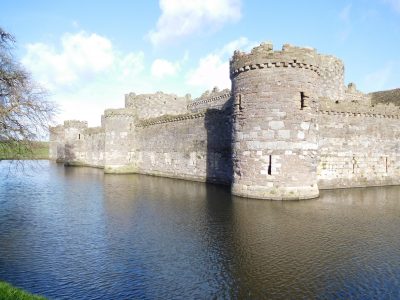
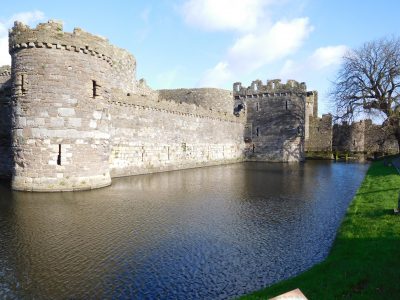
From inside, with the wood floors in place, you can see how many archers could fight from each of the many turrets at all angles leaving no safe ground to approach.
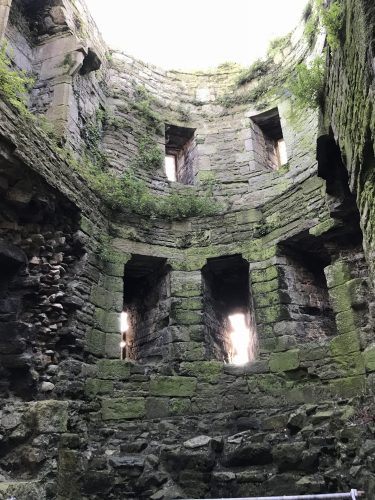
Here is where ships would have docked. The castle was costing the king an immense amount of money, with James St George explaining that:
In case you should wonder where so much money could go in a week, we would have you know that we have needed – and shall continue to need 400 masons, both cutters and layers, together with 2,000 less skilled workmen, 100 carts, 60 wagons and 30 boats bringing stone and sea coal; 200 quarrymen; 30 smiths; and carpenters for putting in the joists and floor boards and other necessary jobs. All this takes no account of the garrison … nor of purchases of material. Of which there will have to be a great quantity … The men’s pay has been and still is very much in arrears, and we are having the greatest difficulty in keeping them because they have simply nothing to live on.
This was about £300/week or £190,000/$250,000 in todays currency.
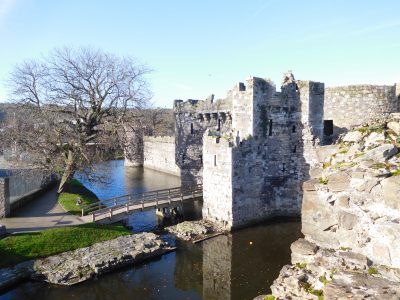
The Menai Strait separates Anglesey from mainland Wales. Due to the tide running in two different directions, at their conjuncture this is one of the world’s most dangerous body of water.
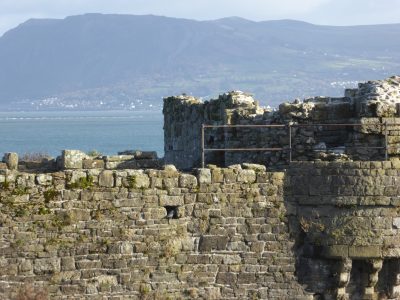
Throughout Britain one frequently sees allotment gardens. These are public lands doled out to citizens who wish to garden but do not have land to do so. Each allotment is for a specific area and so each is customized to the individual’s wants.
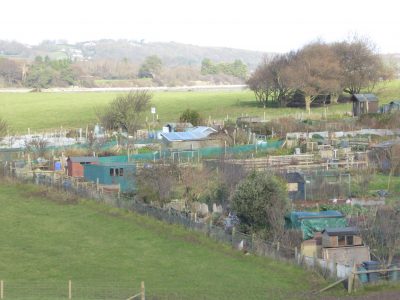
Pasture land is often shared among farmers.
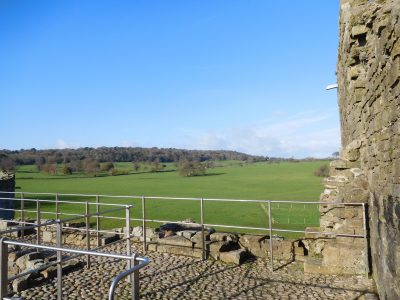
The walls of the castle were huge and to walk the portion that is accessible take 5 minutes.

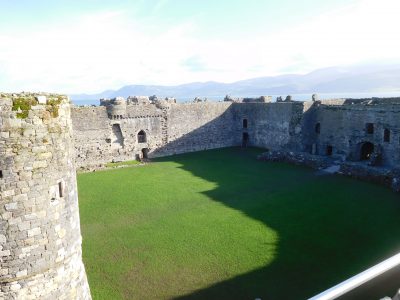
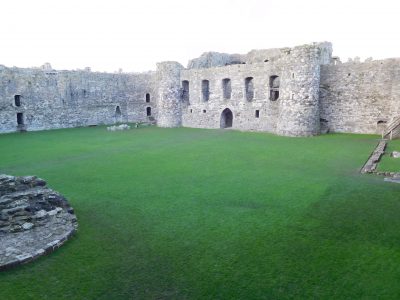
A chapel was mandatory with a small nook off of it where the king could watch the service in private.
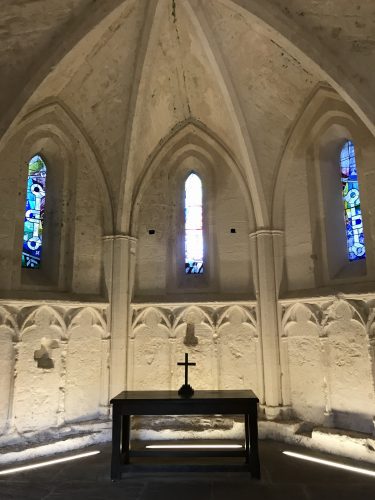
And hallways, lighted by torches ran through the castle walls
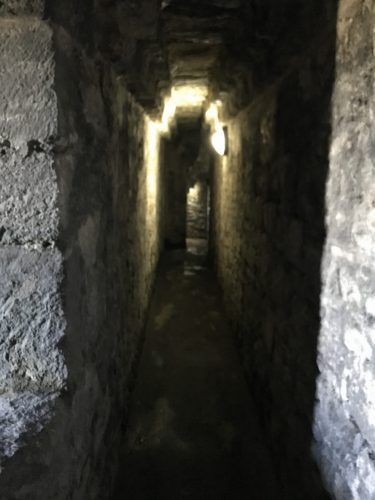
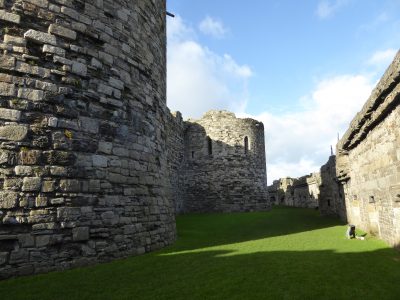
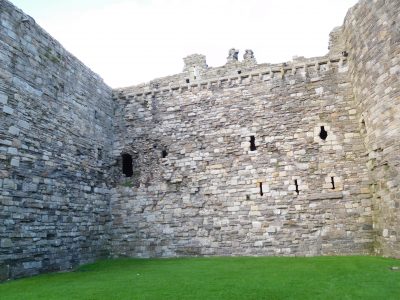
The king’s residence would have been within this gatehouse in the inner castle.
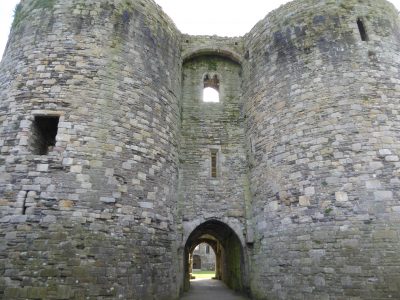
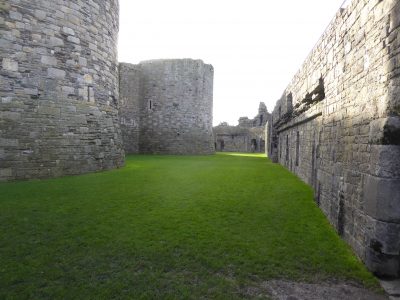
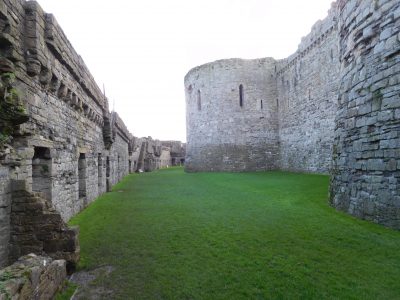
This is a good view of an archer’s arrowslit. It is flares so that the archer could have a wider field of view without being exposed to anything but a lucky shot.
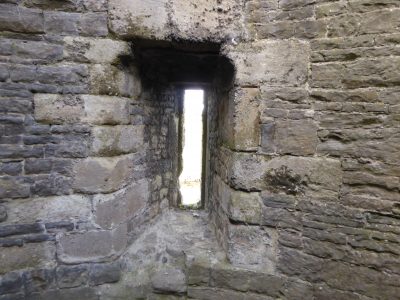
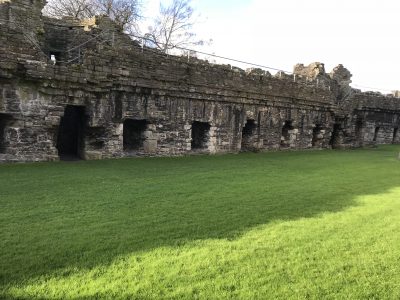
The arrowslits shown here meant that some archer always had a view of the attacker.

The town of Beaumaris is not surrounded by walls although that was the intent. A very pretty, upscale town on the Straits, it would be worth a visit on it’s own. Whilst the council does not tell the homeowner what color to paint, the color must be approved to prevent garishness.
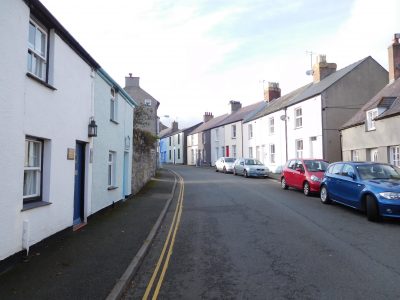
A walk through the town lead me to the landward side of the castle
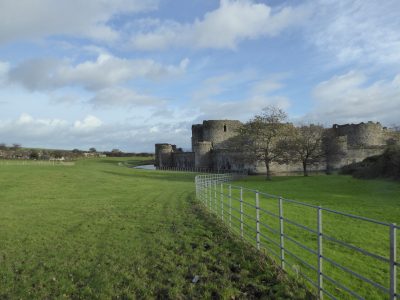
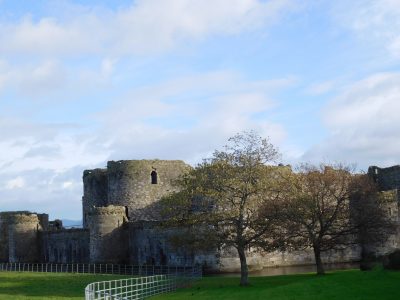
And as mentioned, the land in front of the castle would have been seawater at the time of it’s construction.

Wales across the Menai Straits.
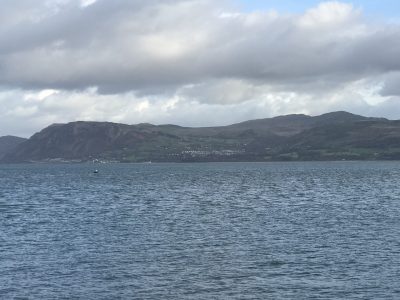
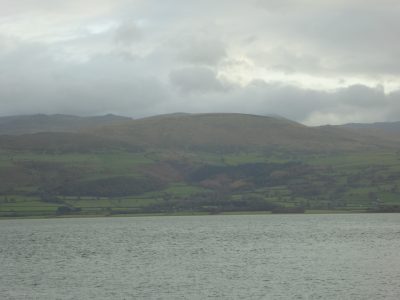
5.61 miles
{ 0 comments… add one now }